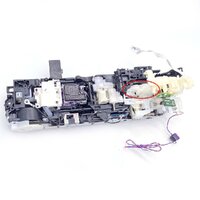- Joined
- Nov 27, 2010
- Messages
- 5,208
- Reaction score
- 5,112
- Points
- 373
- Location
- Copenhagen Denmark
- Printer Model
- Canon MP990
I once used a free file hosting service for a video about Canon printers doing automated nozzle cleaning one minute after a one page document was printed. I used Mediafire to host the video. I don't know if they still offer a free service? See this post.

